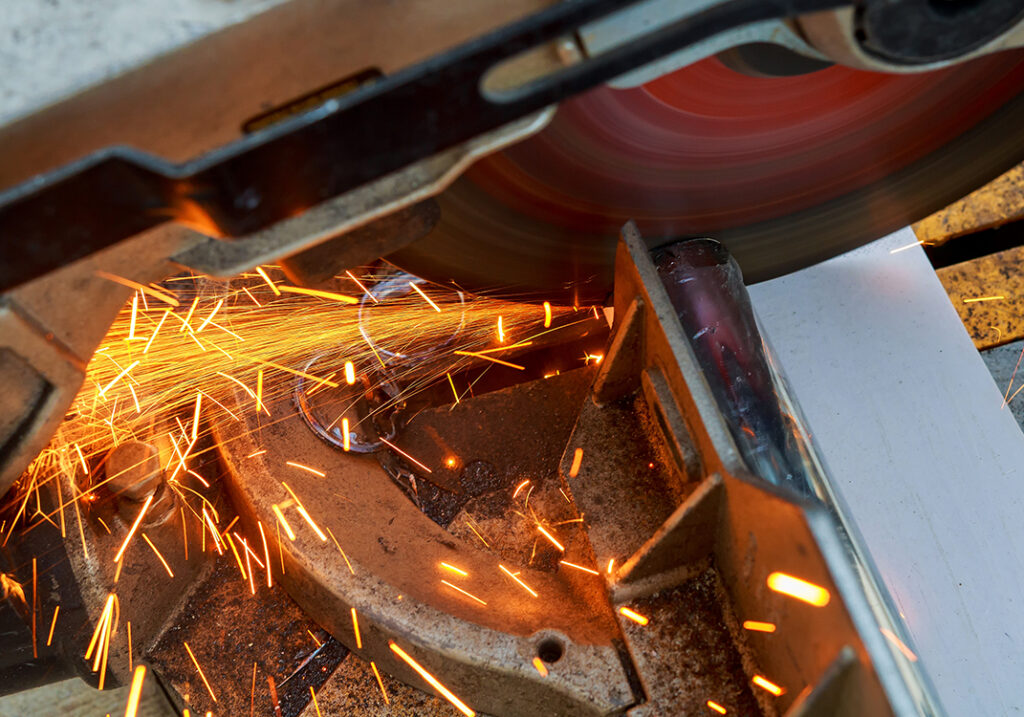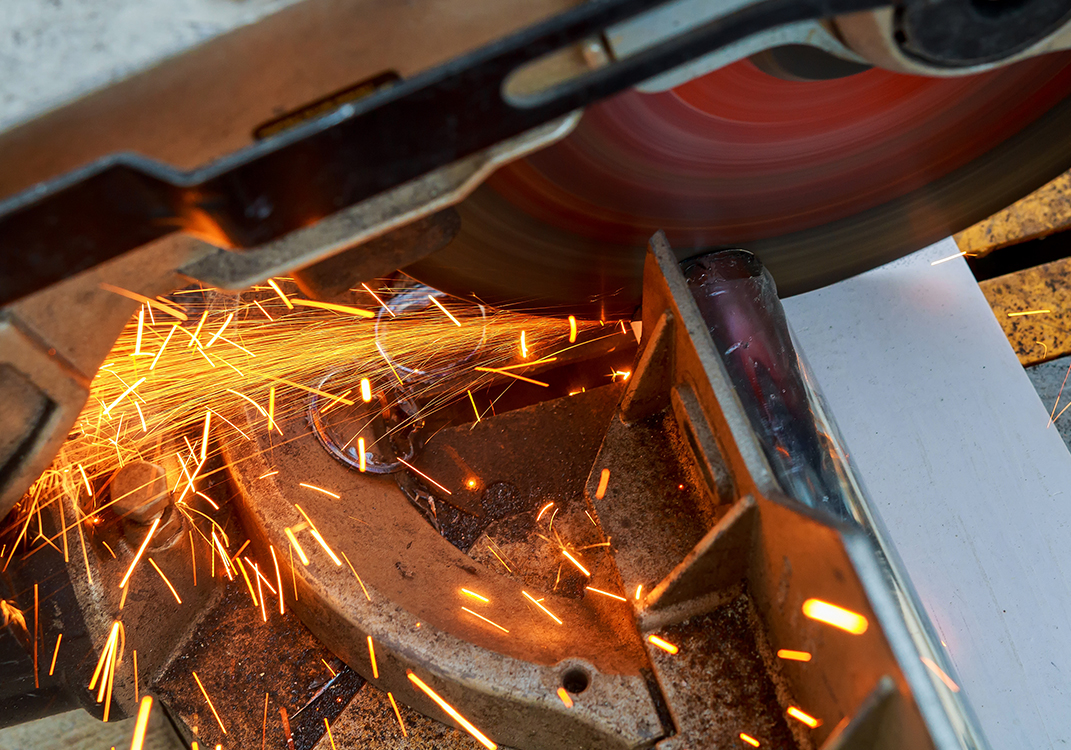Die casting is one of the most widely employed manufacturing method that is known for its effectiveness and flexibility for creating complex metal parts. The process involves forcing the hot metal into a mold cavity using high pressure creating precise and complex designs. This article will explore the basic principles of die casting and its application in various fields as well as the benefits it provides.
The process of die casting starts with the making of the mold. It is usually made out of steel. The mold can be precisely made to give the shape that is desired for the finished item. After the mold has been made then it is tightly clamped to ensure that the molten metal typically zinc or aluminum alloys, is introduced into the mold cavity under very high pressure. The pressure will ensure that the melts metal is able to fill the whole mold’s cavity and produces precise and detailed components. When the metal has solidified and the mold has been opened and the new piece is released and is ready for assembly or further processing.
One of the main benefits for die-casting is the ability to create complex designs that are precise and consistent. Die casting’s tight tolerances die casting makes it suitable in applications where complex shapes or dimensional demands are essential. Furthermore, the process provides outstanding surface finishes and reduces the necessity for other finalizing operations like polishing or machining. It not only helps save money and time but assures high-quality products.

Die casting is used in a variety of ways across a range of industries including electronic, aerospace, automobiles as well as consumer goods. Within the automotive industry Die-cast products are frequently employed in engine parts such as transmission housings, transmission parts, and structural components because of their durability, strength, and light weight properties. For electronics the use of die casting for the production of intricate housings and heat sinks used in electronic gadgets, which provide an efficient way to manage heat and protect of sensitive parts. For more information please visit here https://www.senadiecasting.com.my/
A further advantage of die casting is the cost effectiveness in particular for big production runs. High-speed production capabilities in die casting allows for quick production cycles and result with lower cost per piece as compared to other techniques including machining and forging. In addition, the capacity to combine multiple components in a single part eliminates the necessity for assembly and streamlines the production process, further bringing lower costs.
The environment’s sustainability is a important aspect of die casting. It produces little pollution, because any extra material is recyclable to be reused for subsequent production runs. Furthermore, the process uses less energy than other processes for metal-forming, which contributes to lower emissions of carbon and lower environmental impacts. In a world where companies are more focused on sustainable practices and stewardship of the environment and sustainability, die casting is becoming the preferred method of manufacturing that is compatible with these objectives.


